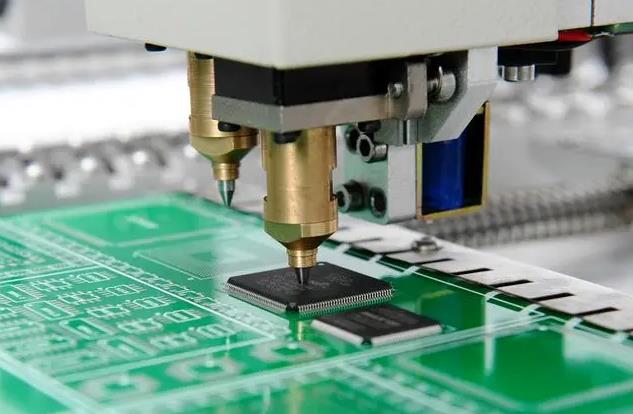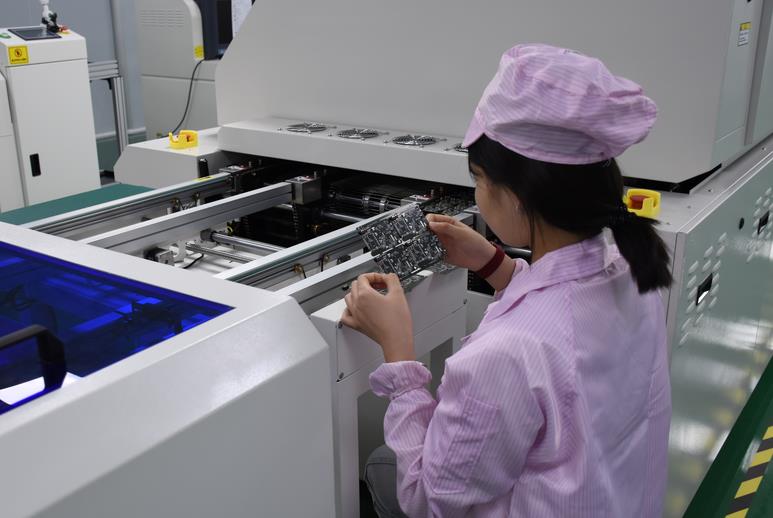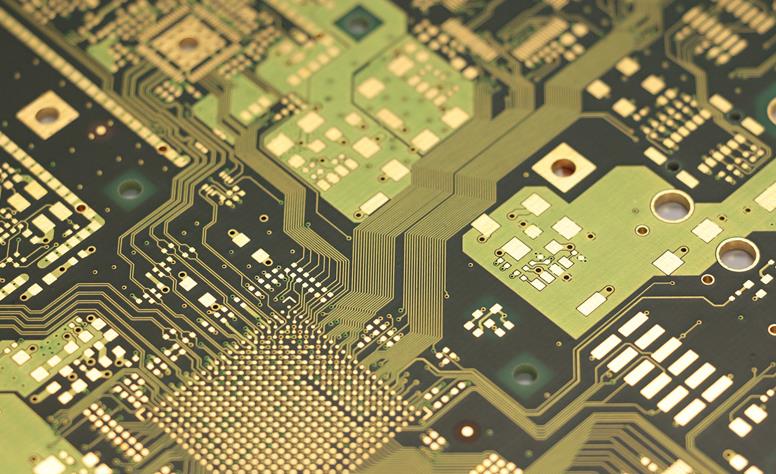What are the requirements for IC mounting in SMT?
The placement of IC (integrated circuit) in SMT (surface mount technology) patch is a very critical step in the entire electronic manufacturing process. Ensuring the quality and accuracy of IC placement is crucial to the performance and reliability of the product. The following are some important requirements that need to be paid attention to during the IC placement process:
Precise position: The placement position of the IC must be accurate. Any slight deviation may cause poor soldering or circuit connection problems. Therefore, equipment and processes need to ensure that the IC is placed in the correct position.
Alignment: The pins of the IC need to be perfectly aligned with the pads on the PCB to ensure a good solder connection. Poor alignment may cause problems such as poor soldering, poor contact or short circuit.
Temperature control: During the IC placement process, the temperature needs to be strictly controlled to prevent the IC from being overheated or underheated. Too high a temperature may damage the IC, while too low a temperature may cause the solder to not melt completely, affecting the soldering quality.

Accurate solder distribution: Ensure that each pin is properly grounded with solder. Insufficient solder may cause soldering without soldering, while too much solder may cause short circuit or poor circuit connection.
Electrostatic protection: For electrostatically sensitive ICs, appropriate protective measures need to be taken to prevent static electricity from damaging the IC. This may include the use of anti-static packaging, ground wire connections, electrostatic absorption pads, etc.
Quality control: After the IC is mounted, strict quality control and inspection are required to ensure that each IC is mounted correctly and of good quality. This may include visual inspection, X-ray inspection, AOI (automatic optical inspection), etc.
Precision equipment and processes: The use of precision mounting equipment and processes is the key to ensuring the quality of IC mounting. Including precision automatic mounting machines, precision process control, and high-quality solder and glue.
In general, various parameters need to be strictly controlled during the IC mounting process, and appropriate measures need to be taken to ensure that the IC is mounted correctly and reliably on the PCB, thereby ensuring the performance and reliability of the final product.
Tags: SMT /
Prev: Key points of operation that need to be focused on in the DIP plug-in process
Next: How much does PCB assembly cost per component?







